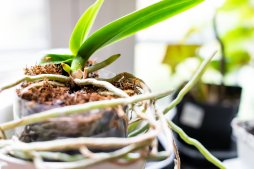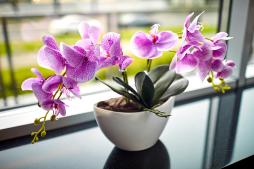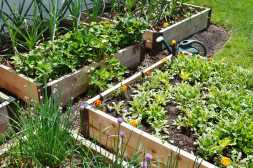When Your Plants Wilt: Decoding the Signs of Too Much or Too Little Water

Wilting is a common issue many gardeners face, and it can be confusing to determine whether your plants are suffering from too much or too little water. Understanding the subtle differences can help you provide the right care and bring your plants back to health.
What Causes Wilting in Plants?
Wilting occurs when a plant loses turgor pressure, which is the pressure of water inside its cells that keeps it firm and upright. This loss can happen due to various reasons, but most commonly it relates to water imbalance—either not enough water reaching the roots or excessive water causing root damage.
Signs of Wilting Due to Underwatering
When plants don’t receive enough water, they struggle to maintain cell pressure, leading to drooping leaves and stems. You might notice dry soil around the plant’s base, crispy or brown leaf edges, and slower growth. The plant may perk up temporarily after watering but will wilt again if underwatering continues.
Signs of Wilting Caused by Overwatering
Excessive watering saturates the soil, creating an oxygen-deprived environment for roots. This can result in root rot and weaken the plant’s ability to absorb nutrients. Symptoms include yellowing leaves along with wilting, soft or mushy stems at the base, consistently soggy soil, and sometimes a foul odor from the soil.
How to Diagnose Your Plant’s Watering Problem
To determine if wilting is due to over- or underwatering, start by checking soil moisture with your finger about an inch deep. Dryness indicates underwatering; sogginess suggests overwatering. Also observe leaf color and texture along with stem firmness. Proper diagnosis helps you adjust watering habits appropriately.
Tips for Preventing Wilting Related to Water Issues
Establish a consistent watering schedule suited for your specific plant type. Use well-draining soil and pots with drainage holes to avoid standing water around roots. Consider factors like humidity, temperature, and seasonality that affect moisture needs. Regularly inspect your plants so you can catch early signs of stress before wilting worsens.
By learning how to distinguish between wilting caused by too much versus too little water, you empower yourself as a gardener to make better decisions that promote healthy growth. Paying close attention will ensure your plants thrive rather than struggle against improper watering.
This text was generated using a large language model, and select text has been reviewed and moderated for purposes such as readability.











